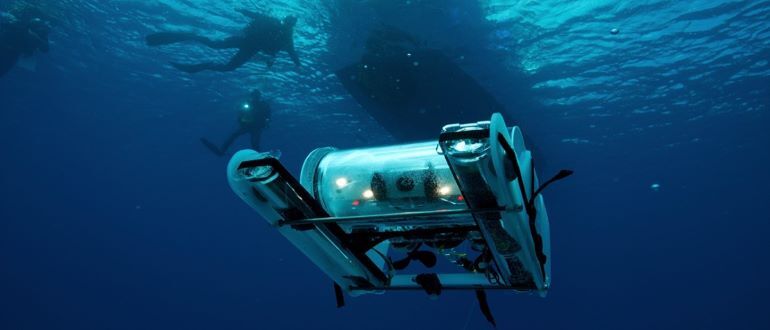Our team embarked on designing and implementing a
proof-of-concept (POC) solution tailored to address the unique
challenges of aquatic environment analysis. Key components of our
solution included:
1. Data Integration and Processing:
We developed algorithms to seamlessly integrate and process
diverse
data sources, including sensor data, satellite imagery, and
historical records, to create a comprehensive dataset for analysis.
2. Machine Learning Models:
Leveraging state-of-the-art ML techniques, we designed predictive
models to forecast water quality parameters, detect anomalies, and
identify trends in aquatic ecosystems.
3. Visualization and Reporting:
We created intuitive dashboards and visualization tools to present
analytical insights in a user-friendly manner, facilitating informed
decision-making by stakeholders.
4. Scalability and Performance:
Our solution was built with scalability and performance in mind,
ensuring seamless operation across diverse aquatic environments and
accommodating future expansion and growth.
